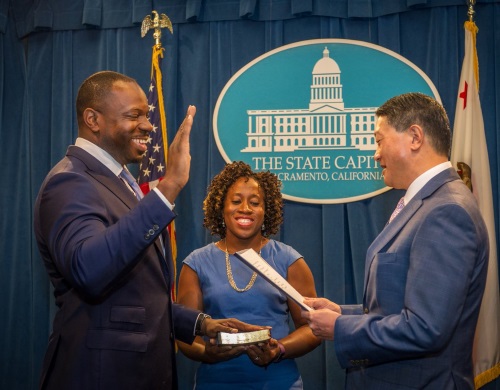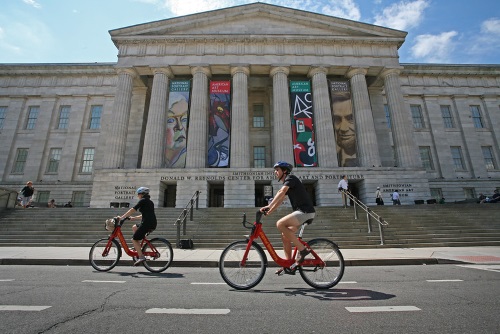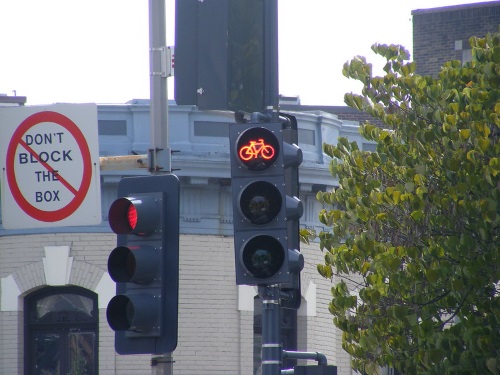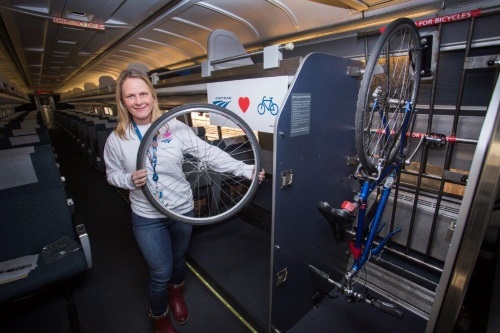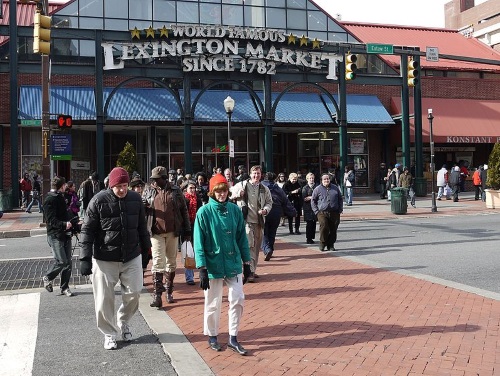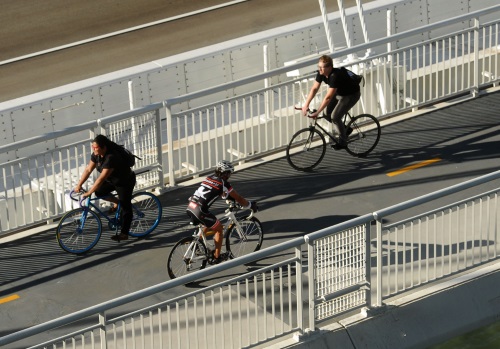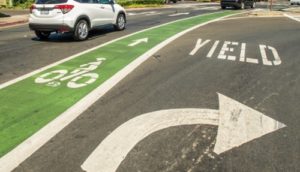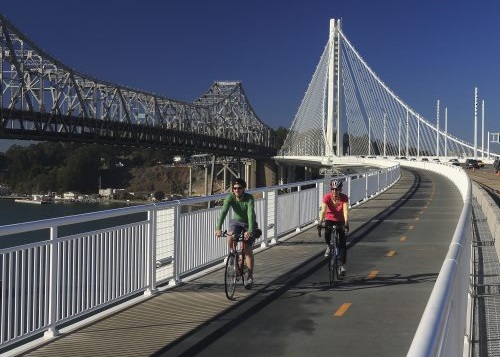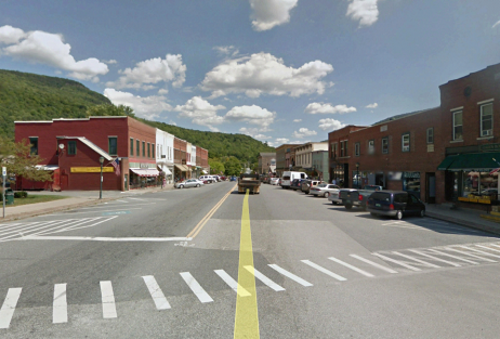In this episode of the Environmental Technical Assistance Program or ETAP podcast, host Bernie Wagenblast interviews Toks Omishakin (at left in photo above), director of the California Department of Transportation or Caltrans.
Omishakin – who chairs the Council on Active Transportation for the American Association of State Highway and Transportation Officials – is considered a national leader in policies that promote safe and equitable “active transportation opportunities,” especially biking and walking.
“When you think about transportation in this country, the one thing that has remained constant is that people walk and bike to get to a variety of places,” he explained on the podcast. “In fact, 30 percent all trips in this country are of one mile or less, with 50 percent three miles or less. So it is clear that there are many opportunities to walk and bike, but have to build the facilities and infrastructure to support those trips.”
Omishakin also pointed out that, “if I could go back in time,” he would not term biking and walking as “active transportation” but rather “transportation essentials” to reflect their modal importance.
“They are a central part of how people live and get about in their communities across the country,” Omishakin said. “Look at the areas of the country where people do not own a car. In New York City, 50 percent of residents do not own a car. In Washington D.C. the rate is 40 percent. In Philadelphia, it is 30 percent. Yet this is not all about big cities. In Akron, Ohio, 15 percent of residents do not own a car. In Mobile, Alabama, 10 percent do not own a car. In Pasadena, California, it is 12 percent.”

Photo courtesy of Caltrans
That is why he believes it is critical that the “multimodal focus” of AASHTO and other transportation organizations gets incorporated into key transportation system design guides.
“I’ve been in transportation for 20 years, and whether it is a city, state, or federal transportation agency I’ve encountered, the ‘green books’ on the shelves of their engineers represent the ‘holy grail’ of their decision-making,” he explained. “That’s why the meat, if you will, of what AASHTO’s Active Transportation Council will be focused on in the months and years to come is the incorporation of active transportation within those guidance documents. This is a chance to influence transportation more than ever before. I am really excited by this opportunity.”
Click here to listen to the entire podcast.

